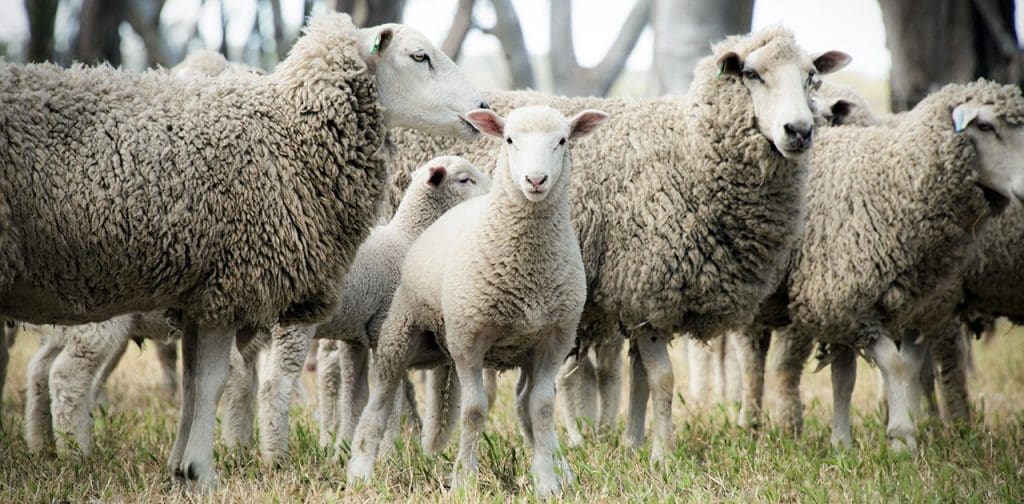
The latest survey results show the Australian flock is increasingly switching to meat production.
AUSTRALIA’S sheep flock might be in recovery, but it’s more about lifting meat production and less about fine wool growing, according to the latest MLA/AWI Sheepmeat and Wool Survey results.
The survey results indicate that 51 percent of those surveyed were looking to increase their flocks, 44pc would maintain numbers and only 5pc would lower their flock’s size.
The latest survey shows that more lambs are being produced from fewer ewes and that Merino ewe numbers are barely holding their own against the rising percentage of meat-focused ewes in the flock.
Lamb marking rates have increased — from 92pc to 93pc for Merino ewes and from 109pc to 114pc for non-Merino ewes.
The survey has shown that there will be 13.1 million lamb sales in the November 2021 to February 2022 period, 2.9 million more than the corresponding period in 2020-21.
In 2021, the number of lambs marked in the four months to 31 October 2021 was 21.9 million head, the same as in 2020. However, in 2021 this was achieved by joining 500,000 less ewes – highlighting the improvements in marking rates this year.
And it seems more of the extra lambs are coming from non-Merino ewes, with the survey showing that 72 percent of all breeding ewes are Merinos; the second consecutive quarter this figure has been below 75pc.
The number of Merino lambs marked this year was 12.1 million head, a reduction of 225,000 head on last year, or 2pc. Meanwhile, the number of pure meat lambs increased 400,000 to 4.1 million head and the number of first cross lambs marked increased 300,000 to 3.1 million head.
MLA market information manager Steve Bignell said the growth in pure meat and first cross lamb numbers highlighted an industry shift toward meat sheep.
He said Western Australia remained the strongest Merino producing state on a proportionate basis. In WA, 89pc of all breeding ewes were Merinos, whereas in Victoria only 50pc of ewes are Merino.
Of the producers looking to increase their flock size, 63pc planned to do it by retaining more replacement ewes, 30pc intended to buy more ewes and 41pc would retain more older and cull sheep.
Read the MLA/AWI Sheepmeat and Wool Survey here.

HAVE YOUR SAY